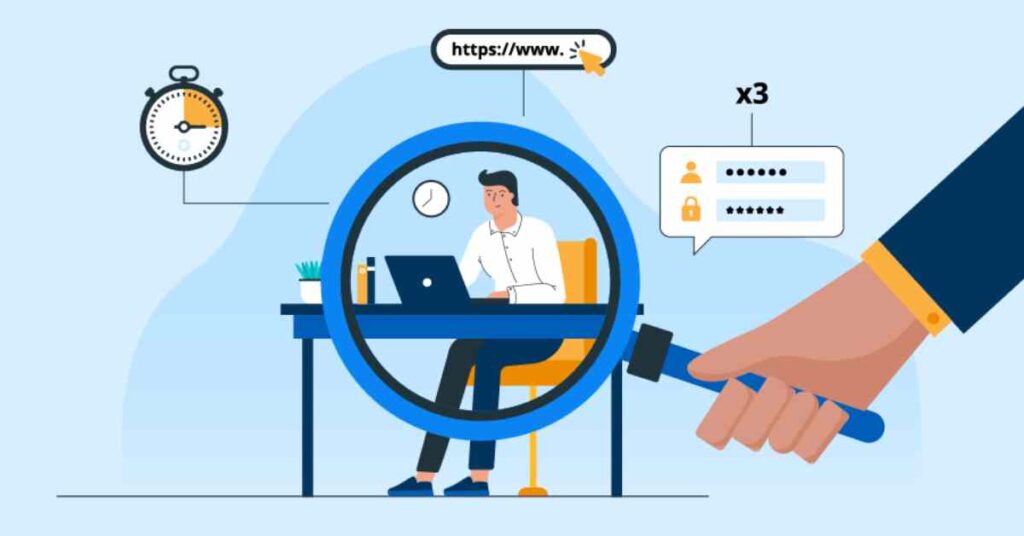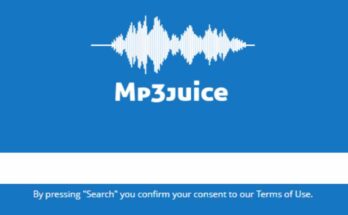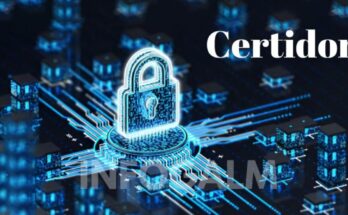Introduction
Employee monitoring software has become a crucial tool for many businesses. This comprehensive guide explores what employee monitoring software is, its benefits, features, ethical considerations, and how to choose the right solution for your organization.
What is Employee Monitoring Software?
Employee monitoring software is a tool used by organizations to track and monitor the activities of their employees. This software helps businesses ensure that their employees are productive and compliant with company policies. It can track various activities such as time spent on tasks, websites visited, emails sent, and more.
History of Employee Monitoring
The concept of employee monitoring dates back to the early industrial era when factory managers would oversee workers to ensure productivity. With the advent of computers and the internet, employee monitoring has evolved significantly. Modern software now offers detailed insights and real-time tracking capabilities.
The Importance of Employee Monitoring Software
Employee monitoring software is important for several reasons. It helps businesses maintain productivity, ensures security, aids in resource management, and helps comply with regulations. By monitoring employee activities, organizations can identify areas for improvement and implement strategies to enhance performance.
Key Features of Employee Monitoring Software
Time Tracking
Time tracking is a fundamental feature that records the amount of time employees spend on various tasks. This helps managers understand work patterns and identify inefficiencies.
Productivity Analysis
Productivity analysis tools provide insights into how employees use their time. These tools can generate reports on productive and unproductive activities, helping managers make informed decisions.
Screen Recording
Screen recording allows managers to view the activities on an employee’s screen in real-time or via recorded sessions. This feature is useful for training purposes and ensuring compliance with company policies.
Keystroke Logging
Keystroke logging captures the keys pressed by employees. While controversial, it can be useful for security purposes, such as detecting unauthorized access to sensitive information.
Email Monitoring
Email monitoring tracks the content and flow of emails within the organization. This helps in preventing data leaks and ensuring that communication policies are followed.
Internet Usage Monitoring
Internet usage monitoring tracks the websites visited by employees. This ensures that employees are not wasting time on non-work-related sites and helps in maintaining productivity.
GPS Tracking
For businesses with mobile employees, GPS tracking provides location data to ensure that employees are where they are supposed to be during work hours.
Types of Employee Monitoring Software
Desktop Monitoring
Desktop monitoring software is installed on company computers to track activities such as application usage, website visits, and more.
Mobile Monitoring
Mobile monitoring software tracks activities on company-owned smartphones and tablets. This is particularly useful for businesses with remote or field employees.
Cloud-Based Monitoring
Cloud-based monitoring solutions store data on remote servers, allowing managers to access monitoring information from anywhere with an internet connection.
How Employee Monitoring Software Works
Employee monitoring software typically works by installing an agent on the employee’s device, which collects data and sends it to a central server. Managers can then access this data through a dashboard, which provides various analytics and reports.
Benefits of Employee Monitoring Software
Increased Productivity
By monitoring activities, businesses can identify and address inefficiencies, leading to increased productivity.
Enhanced Security
Monitoring software helps protect against data breaches and unauthorized access to sensitive information.
Better Resource Management
By understanding how resources are used, businesses can optimize their allocation and reduce waste.
Compliance with Regulations
Employee monitoring helps ensure that company policies and industry regulations are followed, reducing the risk of legal issues.
Performance Assessment
Monitoring provides data that can be used for performance reviews, helping managers to fairly assess and reward employees.
Ethical Considerations in Employee Monitoring
Privacy Concerns
Employee monitoring raises privacy concerns, as it involves tracking personal activities. It’s important to balance monitoring with respect for employee privacy.
Transparency and Trust
Being transparent about monitoring practices helps build trust between employees and management. Employees should be informed about what is being monitored and why.
Legal Implications
Different jurisdictions have different laws regarding employee monitoring. It’s crucial to understand and comply with these laws to avoid legal repercussions.

Best Practices for Implementing Employee Monitoring Software
Clear Policy Development
Develop clear policies outlining what will be monitored, how the data will be used, and the consequences of policy violations.
Employee Consent and Communication
Obtain employee consent before implementing monitoring software and communicate the reasons for monitoring clearly.
Balancing Monitoring and Privacy
Ensure that monitoring practices are not overly intrusive and respect employee privacy to the extent possible.
Regular Reviews and Updates
Regularly review and update monitoring policies and practices to keep up with technological advancements and changing legal requirements.
Case Studies: Successful Implementation of Employee Monitoring Software
Case Study 1
A case study on how a tech company improved productivity and security by implementing employee monitoring software.
Case Study 2
A case study on how a retail business used employee monitoring software to reduce theft and improve customer service.
How to Choose the Right Employee Monitoring Software
Assessing Your Needs
Identify the specific needs of your business and the features required in a monitoring solution.
Comparing Features
Compare the features of different software solutions to find the one that best meets your needs.
Considering Costs
Evaluate the costs of the software, including any setup and maintenance fees, to ensure it fits within your budget.
Evaluating Vendor Support
Consider the level of support provided by the vendor, including training, customer service, and technical support.
Top Employee Monitoring Software Solutions
Software 1
An overview of a leading employee monitoring software solution, including its features and benefits.
Software 2
An overview of another top employee monitoring software solution, highlighting its unique features.
Software 3
A look at a third popular employee monitoring software, focusing on its strengths and weaknesses.
The Future of Employee Monitoring Software
The future of employee monitoring software includes advancements in AI and machine learning, which will provide even more detailed insights and predictive analytics. These technologies will help businesses optimize performance and maintain security in an increasingly digital workplace.

Conclusion
Employee monitoring software is a valuable tool for modern businesses. It helps improve productivity, enhance security, and ensure compliance with regulations. However, it’s important to implement monitoring practices ethically and transparently to maintain trust and respect for employee privacy.




